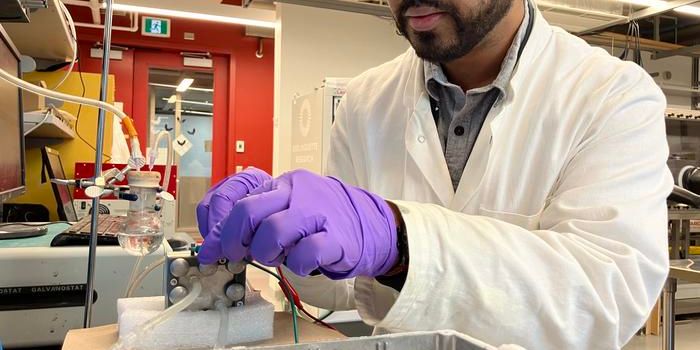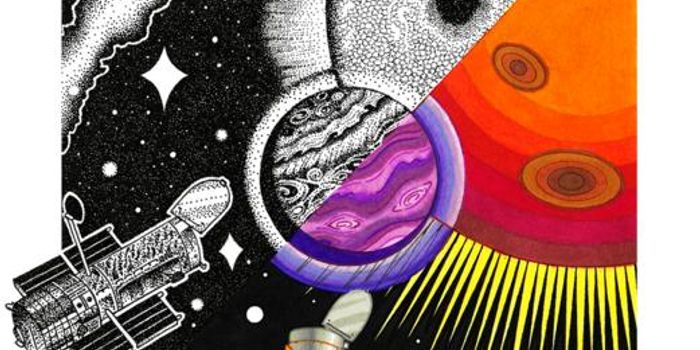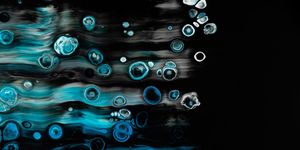Legacy chemicals found in migratory birds
A study published in the journal Environment International has found long-forgotten chemicals, called legacy chemicals, in the bodies of migratory birds. The findings from the University of Buffalo scientists suggest the need for reinforced regulations on chemical manufacturing and waste management.
The chemicals found in the bodies of common terns in breeding grounds along the Niagara River and the shore of Lake Erie included polybrominated diphenyl ethers (PBDEs), polychlorinated biphenyls (PCBs), and metabolites of dichlorodiphenyltrichloroethane (DDT). All three chemicals have been out of production in the US for years, suggesting that they bioaccumulate in animals’ bodies.
DDT, infamously known as the silent killer insecticide, was banned in the US almost 50 years ago, in 1972. Meanwhile, PCBs were banned in 1979 for their former use in coolants, and PBDEs were phased out of their use as flame retardants in 2013.
The researchers found the pollutants at various life stages, in chicks, in juveniles, and in adults. Additionally, they also found the chemicals in emerald shiners, a small fish that is the terns' primary food source in the area.
"These chemicals are still there. They don't just go away. With PCBs, for example, they haven't been produced in the U.S. for a long time now, but you can still find them in the environment, in sediments and in water. They don't degrade for many years. The fish eat organisms that accumulate them, and then the birds eat the fish," says Diana Aga, Ph.D., Henry M. Woodburn Professor of Chemistry in the University at Buffalo College of Arts and Sciences.
The levels of PCBs and PBDEs that the researchers found in the birds were high enough to potentially harm the birds' health and impact population recovery. "The common tern is a threatened species in New York State, and their numbers have not increased much despite state efforts to provide nesting sites and surveillance. This study shows how wildlife is affected by human pollution of aquatic systems and how the chemicals we produce can have a multigenerational effect, being passed from mothers to chicks," says Alicia Pérez-Fuentetaja, Ph.D., Professor of Biology at SUNY Buffalo State and Research Scientist at the Great Lakes Center at SUNY Buffalo State.

Noting the transfer of harmful chemicals from mothers to offspring, the research team comments that young terns are the most affected. "These substances interfere with the reproductive system and are endocrine disruptors," Pérez-Fuentetaja says. "They tax the terns' livers as they have to try and get rid of these pollutants, but the bioaccumulative nature of PCBs, PBDEs, and DDEs means that the birds will not be able to fully detoxify themselves and that they will pass part of their body-load to the next generation. These substances can alter development and neurological processes and could cause deformities, cancers, and impaired behavior."
The research calls upon the need for an improved understanding of the long-term threats that legacy chemicals pose to wildlife and watersheds.
Sources: Environment International, Science Daily








